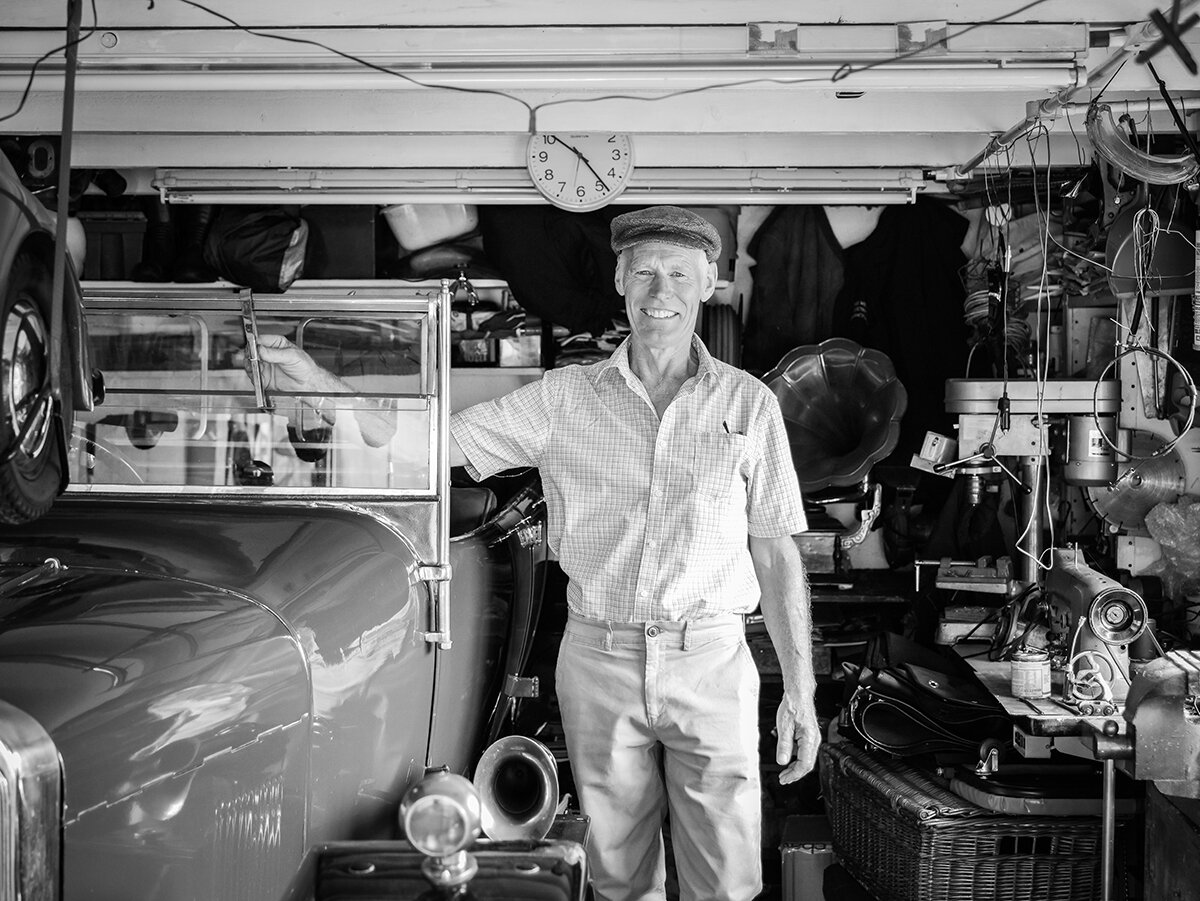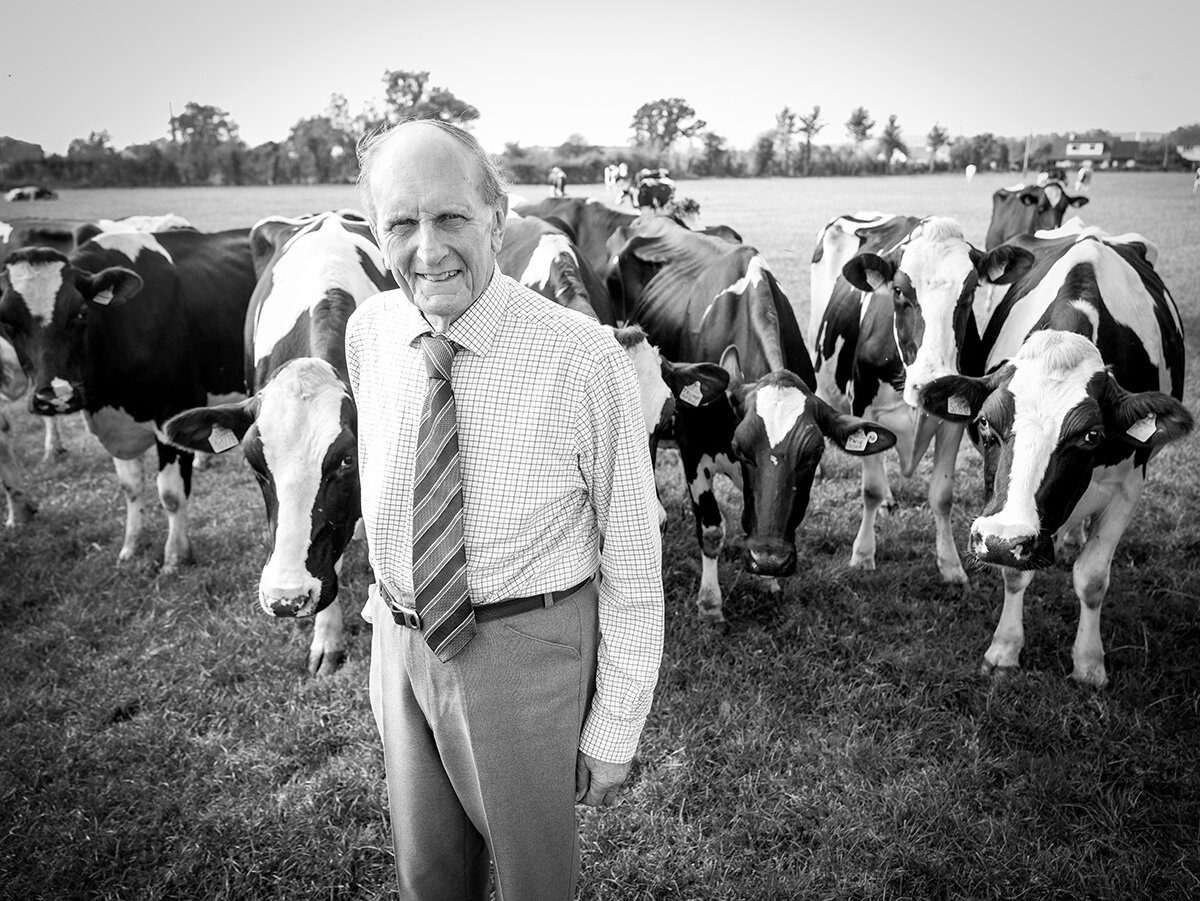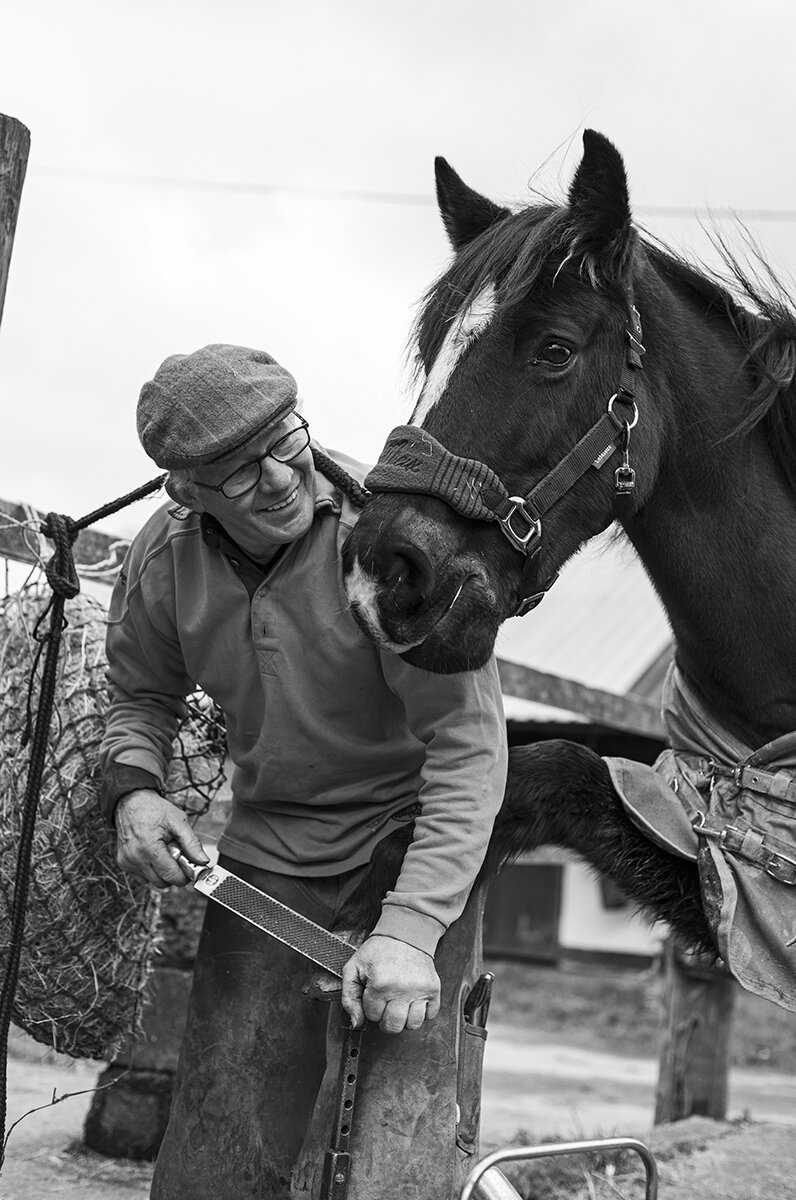- Terry Theobald, train driver (Magor)
Terry Theobald (Emma Drabble)
“My first memories are lying in bed at night at Rogiet. You could hear the steam train whistles and the tannoy echoing: ‘Brake van in number 8!’ The hustle and bustle would echo around the village. Wonderful.”
By the age of 15 Terry was a runner at Severn Tunnel Junction. It was 1972 and the Tunnel, finished in 1885, was still the world’s longest underwater structure. The goods marshalling yard on the Gwent side was vast and not without dangers: runners ran alongside moving wagons, shunting them down the slopes with long poles. “One guy here lost his legs doing it.”
Terry quit the railways for a while after trying to rescue a woman who fell from Cardiff platform: “I jumped on the track to pull her off, but I never quite got to her. She was run over by the train.” Eventually this modest hero returned to his railways and, like his grandfather before him, became a driver.
He’s witnessed much change on the Levels: “The people who used to live here can’t afford to anymore. They call that progress. Well, we all have an opinion on that!” But nothing alters those childhood memories: “New Year’s Eve in the marshalling yards was no different from any other working night except that at midnight all the drivers would blow the steam whistles. Wonderful.”

























